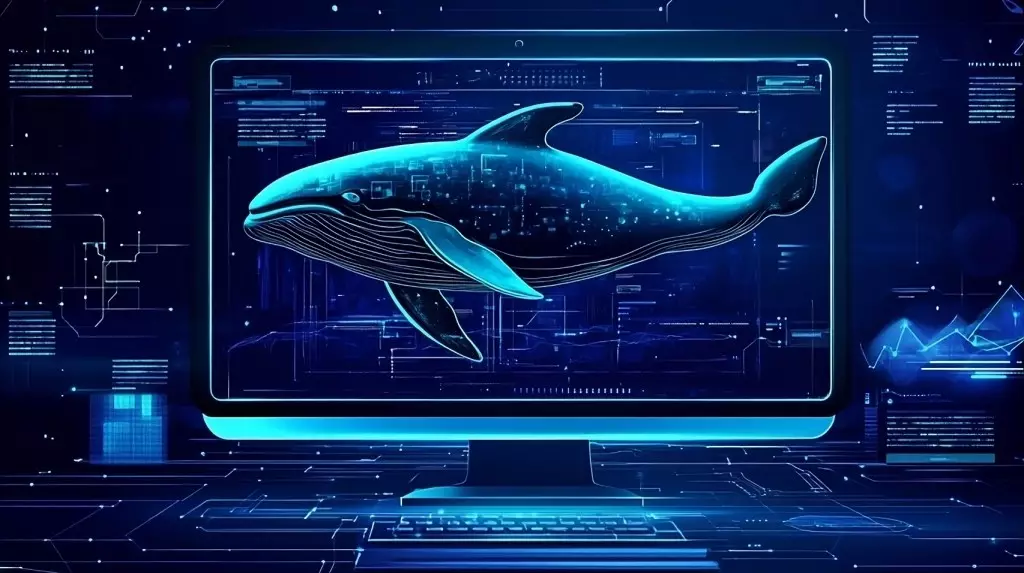The artificial intelligence (AI) landscape is currently undergoing a significant transformation, signified by groundbreaking advancements that challenge the status quo of computational resource dependence. The recent achievements of DeepSeek are especially noteworthy, showcasing that superior AI performance can be realized without the necessity of high-end computing chips. This revelation aligns with sentiments expressed at the NeurIPS conference, where discussions emphasized a pivotal transition in how AI systems should integrate with human intellect and the environment. As a recycled concept in the AI discourse, the focus on advanced computing capabilities is slowly yielding to an emphasis on smarter, more agile systems.
With the emergence of models like OpenAI’s o1 and DeepSeek’s R1, AI development is transitioning away from a sheer brute-force approach. Instead, it is evolving into a more refined methodology that prioritizes cognitive engagement and problem-solving efficiency. This shift signals a new era in AI, often dubbed a “reasoning renaissance,” which suggests that the future of AI is not solely about amplifying computational power but about facilitating a symbiotic relationship between AI and its human counterparts.
Historically, the pursuit of more computational power has defined the trajectory of AI advancements. Yet, Ilya Sutskever, former chief scientist at OpenAI, articulated a critical notion during his NeurIPS keynote: a recognition that the end of pretraining is near. In essence, while computational strength is on the rise, we exist within the limitations of finite online data. This principle finds validation in DeepSeek’s latest technological breakthroughs, which demonstrate how innovative architectures can achieve outcomes previously reserved for resource-intensive models.
Moreover, the significance of world models cannot be understated in this transition. With organizations like World Labs securing substantial funding for AI systems that aim to grasp reality akin to human cognition, the implications are vast. DeepSeek’s R1 model encapsulates this development by exhibiting unexpected “Aha!” moments—a concept rooted in human cognition that allows machines to independently reassess problems and create more meaningful connections, thus enhancing overall interaction quality.
The implications of these innovative approaches have already begun to manifest in practical applications. For instance, Meta’s recent enhancement of Ray-Ban smart glasses exemplifies how seamless interaction with AI can become a reality, enabling users to converse continuously with AI assistants without the need for activation phrases. This development hints at a future where AI serves as a natural extension of human capabilities rather than a cumbersome tool reliant on massive training sets.
Nonetheless, this promising evolution is not without its complexities and challenges. DeepSeek’s strategies may lower production costs, but they also introduce the potential for unintended consequences, notably an increase in overall resource consumption. This resonates with Jevons Paradox, whereby enhanced efficiency results in expanded resource use. If organizations capitalize on cheaper training to create more models, the net effect could paradoxically increase energy consumption rather than lessen it.
Yet, what sets DeepSeek apart is their core innovation strategy. By illustrating that high-performing AI does not need cutting-edge hardware, they encourage a radical rethinking of model development. This transition from a mindset that prioritizes compute availability to one that values ingenious system design could become a linchpin in preventing the Jevons Paradox cycle.
This paradigm shift necessitates a reevaluation of how AI systems operate. Its paramount task will be to design models that not only prioritize efficiency but are also collaborative, working seamlessly with human efforts and remaining conscious of environmental constraints. Figures like Yann LeCun at Meta have voiced visions for future AI that mirrors human cognition—spending extended periods deliberating on complex challenges, akin to the way we think through arduous problems. DeepSeek’s R1 model exemplifies this forward-thinking, offering the potential to pause, reflect, and innovate solutions across various sectors, from healthcare to climate change.
However, amidst this excitement, caution remains essential. Experts advise vigilance concerning claims of certainty regarding the trajectory of these technologies. For business leaders and innovators, this moment calls for a deliberate strategy focusing on efficient architectures. It emphasizes the necessity to leverage specialized AI agents over monolithic models and the importance of building infrastructures conducive to human-in-the-loop developments.
The landscape of AI development is set for a renaissance, and the avenues to explore are more exhilarating than ever. With pretraining losing its foothold, and innovative forces like DeepSeek paving the way, the potential to accomplish more with less technological heft has emerged, providing fertile ground for creativity and intelligent problem-solving. This space presents an opportunity for both startups and established enterprises willing to rethink conventional wisdom to embrace a new wave of AI development—one that aligns better with both human needs and ecological limits. In this era, our journey with AI promises to not only be efficient but also profoundly innovative.

